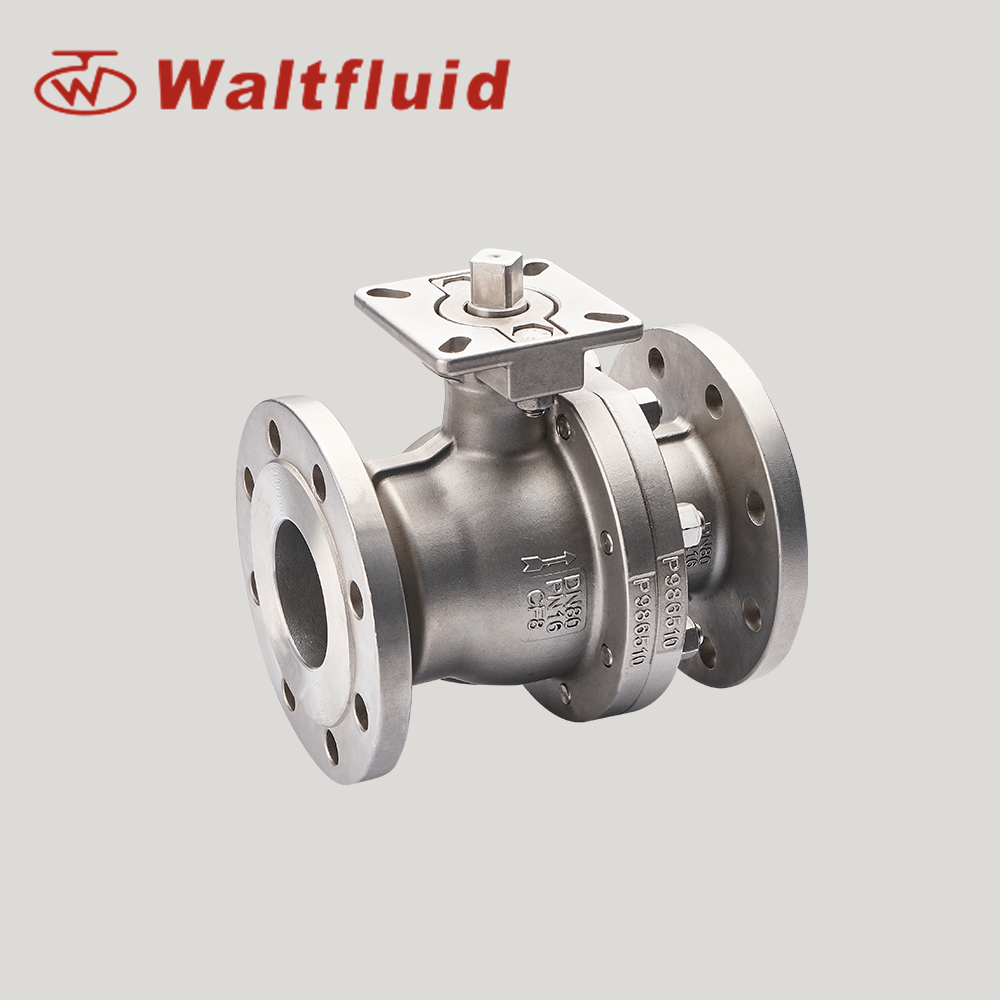Rupture discs are perhaps the most misunderstood and least appreciated safety device
Rupture or bursting discs are non-reclosing, fail safe devices and probably the most misunderstood and least appreciated safety device used in systems where pressure or vacuum are present and where excess pressures or vacuum may need to be controlled/relieved when conditions exceed safe design parameters. Flanged Y Strainer

The first discs were simple flat pieces of metal, weakened to open at a supposedly fixed pressure, sometimes with little accuracy or predictability. Over the years, the technology employed in controlling pressures in oil, gas, petrochemical, and other downstream industry processes developed and improved reaching high levels of safety. These technologies--mostly through the use of electronics and pneumatics--maintain a safe working pressure regime in the various plants.
In addition, the forward development of safety valves further enhanced plant safety levels to a point where many process and plant design personnel lost sight of the most important safety device in the plant: The rupture disc.
Today operators and end users have been lulled into a false sense of security that the design engineers and system process/instrumentation designers have covered all the possibilities with sophisticated control and monitoring systems. “Nothing can go wrong, so why do we need a rupture disc?”
KUB - IG holder uses a metal-on-metal seal that allows the rupture disc to be reinstalled after inspection.
There are many reasons why we need rupture discs:
• Rupture discs have extremely fast opening times--typically < 2ms--and thereby respond to sudden pressure rises far faster than any valve. • Rupture discs provide full bore opening, unlike safety valves where the orifice restricts the flow. • Rupture discs provide 100% isolation of process fluids, so there are no leaks until the disc opens. • Rupture discs isolate safety valves from corrosive process media when installed upstream of the safety valve. Rupture discs can also be used downstream to protect the outlet. • Rupture discs prevent rogue emissions blockage of the safety valve and can be used to pop test the safety valve in-situ.
The same false thinking and lack of understanding of rupture discs has, over many years, led to the mistaken conclusion that rupture discs are a problem because they open and then have to be changed. The whole point of a properly designed rupture disc is that it will only open when the design pressure and temperature are reached or exceeded.
A rupture disc with its companion holder is the most important safety device, as long as it has been specified correctly in the design stage. It is failsafe, so, regardless of whatever else goes wrong, a properly designed and engineered disc opens at its set pressure. Electronics, pneumatic, and mechanical devices can fail, human error can cause operational errors in the pressure system, but a rupture disc still opens, and is the very best protection device for your plant. REMBE has invested in technological advances in rupture disc design and manufacturing, using laser technology and advanced engineering, to produce reliable and cost-effective rupture disc. Further, REMBE’s in-house R&D continues to focus on design advancement to push engineered rupture discs and associated technologies to new levels of precision and safety.
For more information, call 704-716-7022, email [email protected], or visit www.rembe.us .
Established in 1983, Powder & Bulk Solids (PBS) serves industries that process, handle, and package dry particulate matter, including the food, chemical, and pharmaceutical markets.
Using Microbes to Reduce the Need for Chemical Fertilizers
CRH Acquires $2.1B in Concrete Assets from Martin Marietta
Fire at Dairy Plant Causes Evacuation
O'Conner to Retire from Columbia Machine

3pc Flange Ball Valve Copyright © 2023 All rights reserved. Informa Markets, a trading division of Informa PLC.